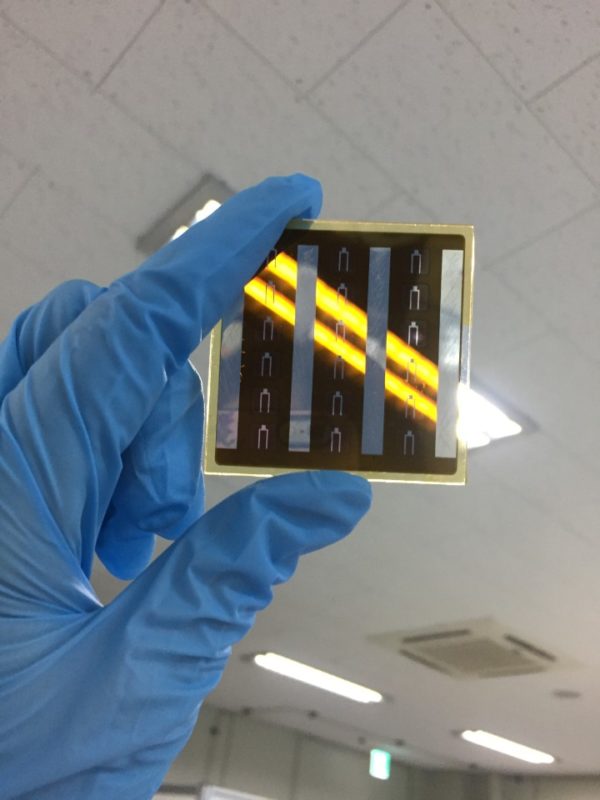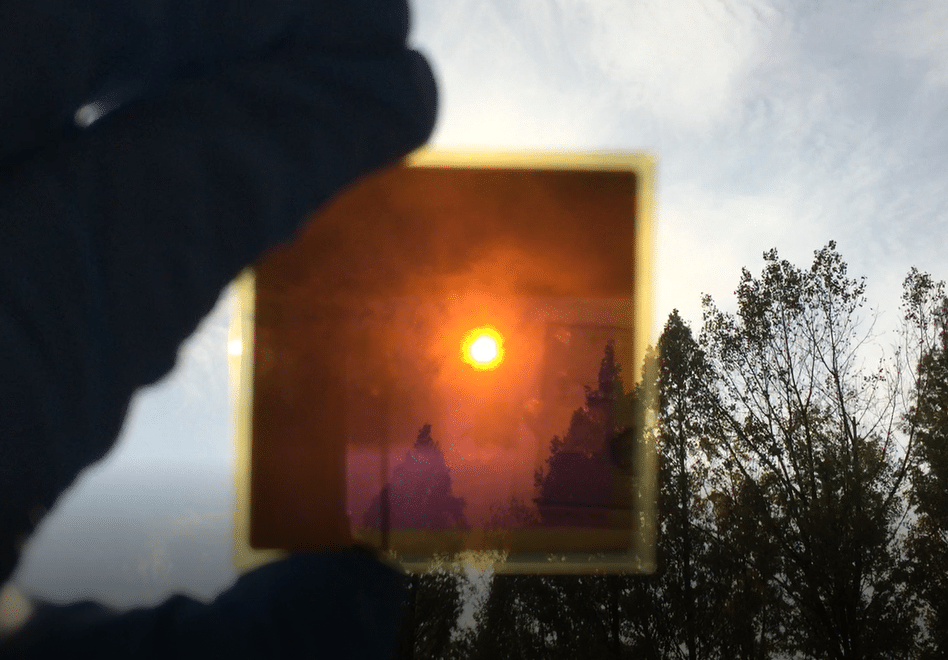Scientists from the Korea Institute of Energy Research (KIER) have developed a semitransparent and bifacial ultrathin solar cell based on copper, indium, gallium and selenium (CIGS) with an efficiency of 10.5% and an average visible transmittance of 12.3%
The cell, which is claimed to be suitable for power-generating window applications, was built through a single-stage co-evaporation process characterized by a constant evaporation rate of the elements as well as constant deposition temperature during the film deposition. This, according to the researchers, enables precise control of the film thickness and chemical composition of the deposited ultrathin CIGS absorber.
CIGS absorber.
“Moreover, the simplicity and speed of this process can increase the uptime of the CIGS deposition system significantly, resulting in fabrication cost reduction and productivity yield improvement,” they stated, adding that the process is particularly designed to develop cells with transparent conducting oxide (TCO) rear contacts.
The Korean group built the cell with two types of TCO rear contacts, one based on a textured 650 nm thick film made of texture F-doped Tin(IV) oxide (SnO2:F) and another one based on a 200 nm thick flat film made of indium tin oxide (In2O3:Sn). “Each elemental metal was deposited simultaneously at calculated evaporation rates, and the thickness of the CIGS films was controlled at 200, 300, and 400 nm by varying the deposition time,” it further explained.
A textured polydimethylsiloxane (PDMS) layer with light-scattering and antireflection properties was applied to the cell to improve light absorption. The device with the In2O3:Sn film was found to have the highest fill factor (FF) and open-circuit voltage (VoC) as well as the best performance with the above-mentioned values for conversion efficiency and average visible transmittance. “The textured PDMS layer mitigated large reflection losses on the device surface while improving light trapping within it, resulting in an increase in short-circuit current (JSC) without adversely affecting VOC and FF,” the academics stressed. “The textured PDMS layer has a high haze factor of more than 90%, a high optical transmittance of more than 80% in the wavelength range of 350–1100nm, and a low optical reflectance of less than 10%.”
The cell is described in the paper Semitransparent and bifacial ultrathin Cu(In,Ga)Se2 solar cells via a single-stage process and light-management strategy, published in Nano Energy.
This content is protected by copyright and may not be reused. If you want to cooperate with us and would like to reuse some of our content, please contact: editors@pv-magazine.com.




By submitting this form you agree to pv magazine using your data for the purposes of publishing your comment.
Your personal data will only be disclosed or otherwise transmitted to third parties for the purposes of spam filtering or if this is necessary for technical maintenance of the website. Any other transfer to third parties will not take place unless this is justified on the basis of applicable data protection regulations or if pv magazine is legally obliged to do so.
You may revoke this consent at any time with effect for the future, in which case your personal data will be deleted immediately. Otherwise, your data will be deleted if pv magazine has processed your request or the purpose of data storage is fulfilled.
Further information on data privacy can be found in our Data Protection Policy.